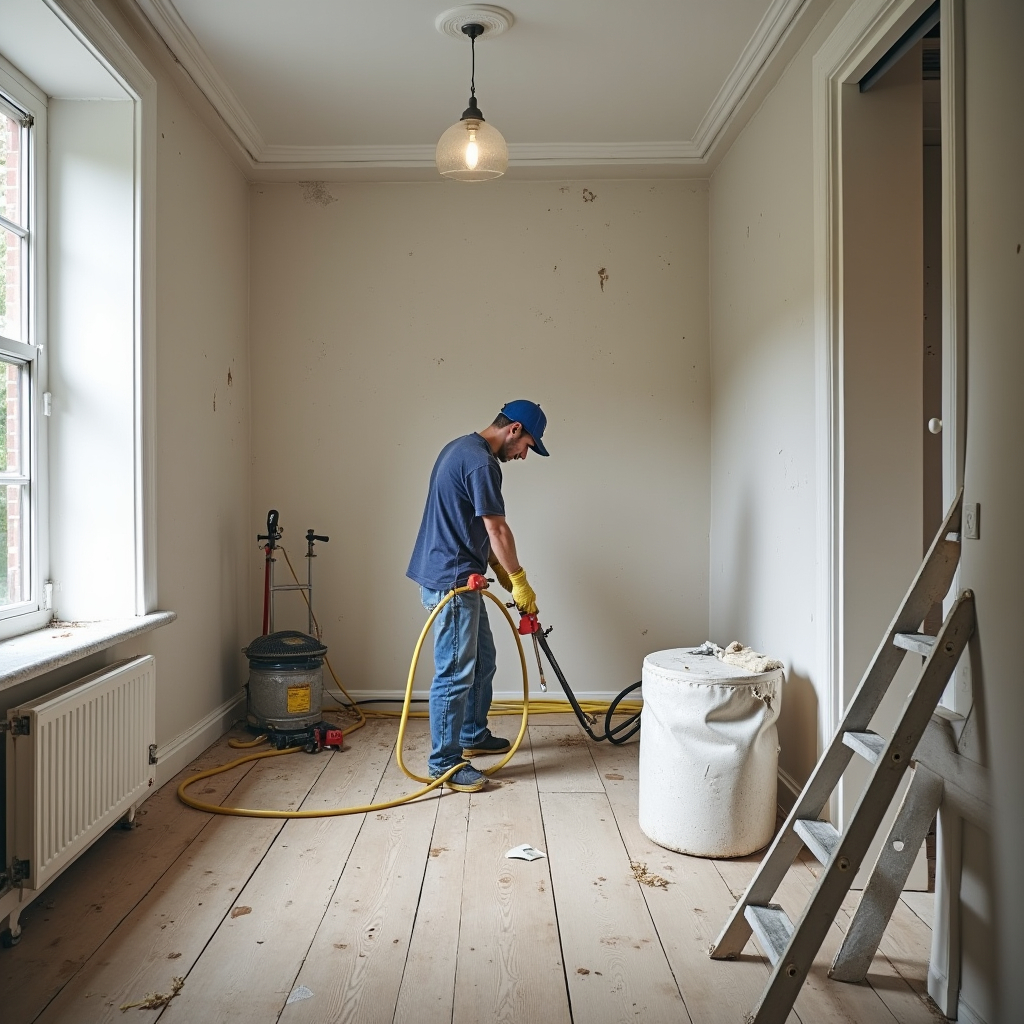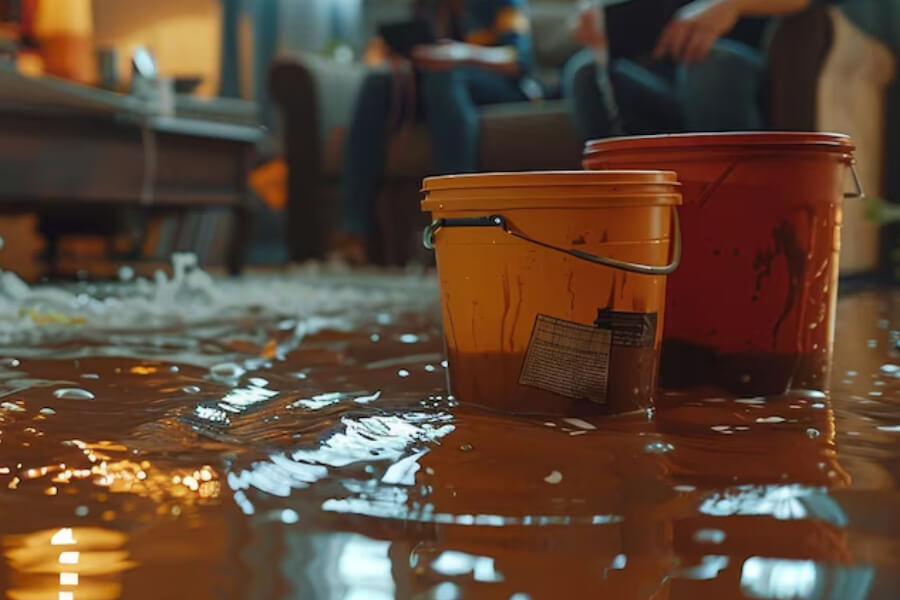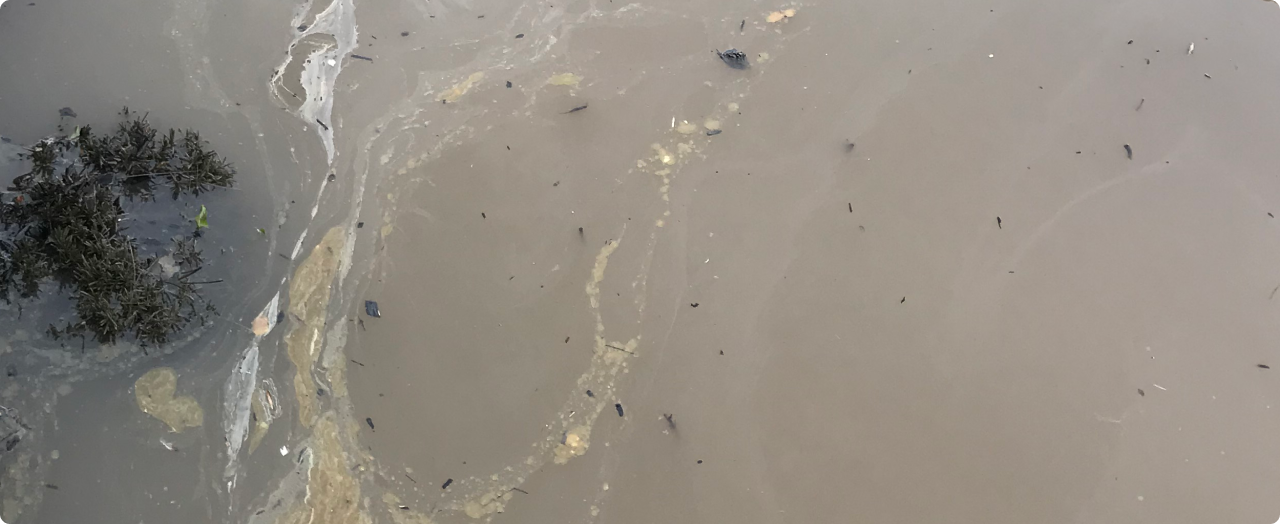Water damage can cause serious problems for both homes and businesses, and addressing it promptly is essential to prevent further damage and ensure a full recovery. Water remediation is the process of cleaning, drying, and restoring areas affected by water damage, and it involves several key steps. Here’s an overview of the steps involved in water remediation and why working with a professional water remediation company near me can make all the difference.
The first step in water remediation is assessing the extent of the water damage. This involves inspecting the affected areas to determine how far the water has spread and what type of water has caused the damage. Clean water from a pipe burst, for example, requires a different approach than water from a flood or sewage backup. Professionals providing water remediation services use advanced tools like moisture meters and thermal imaging cameras to identify all areas affected by water, even those hidden …
Once the extent of the damage is known, the next step is water removal. Standing water needs to be removed as quickly as possible to prevent further damage to walls, flooring, and furniture. Industrial-grade pumps and vacuums are used to extract the water efficiently. This step is crucial in stopping mold growth and minimizing long-term structural issues.
After the water is removed, the drying process begins. Water can seep into walls, floors, and other porous materials, making thorough drying essential. Dehumidifiers and air movers are used to remove any remaining moisture from the affected areas. Water remediation companies focus on ensuring that all hidden pockets of moisture are eliminated to prevent mold from forming, which can start to grow within 24 to 48 hours of water exposure.
Once the space is dry, the cleaning and sanitizing process begins. Water damage can bring contaminants into the building, especially if the water is from flooding or sewage. Water remediation services include cleaning and disinfecting affected surfaces to remove any bacteria, mold, or other harmful pathogens. Specialized cleaning solutions and techniques ensure that the space is not only dry but also safe to occupy again.
The final step in water remediation is the restoration of the affected areas. This can range from minor repairs, such as replacing drywall and repainting, to more extensive reconstruction if the water caused significant structural damage. The goal is to return the property to its pre-damage condition, ensuring that it is both functional and aesthetically restored.
In conclusion, water remediation involves several critical steps, including assessment, water removal, drying, cleaning, and restoration. By working with a professional water remediation company near me, homeowners and businesses can ensure that the process is handled efficiently and effectively, preventing further damage and ensuring a safe and complete recovery.





